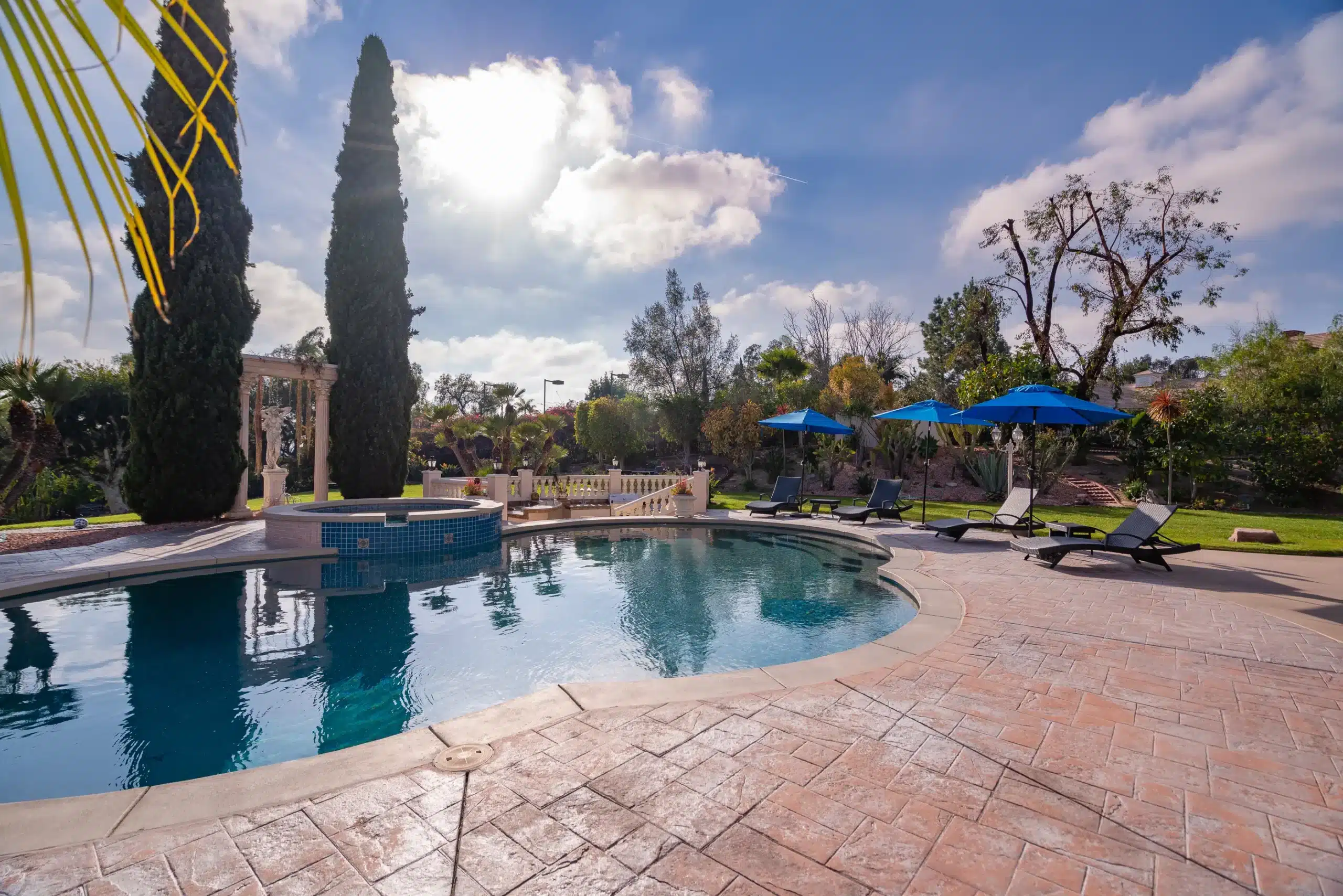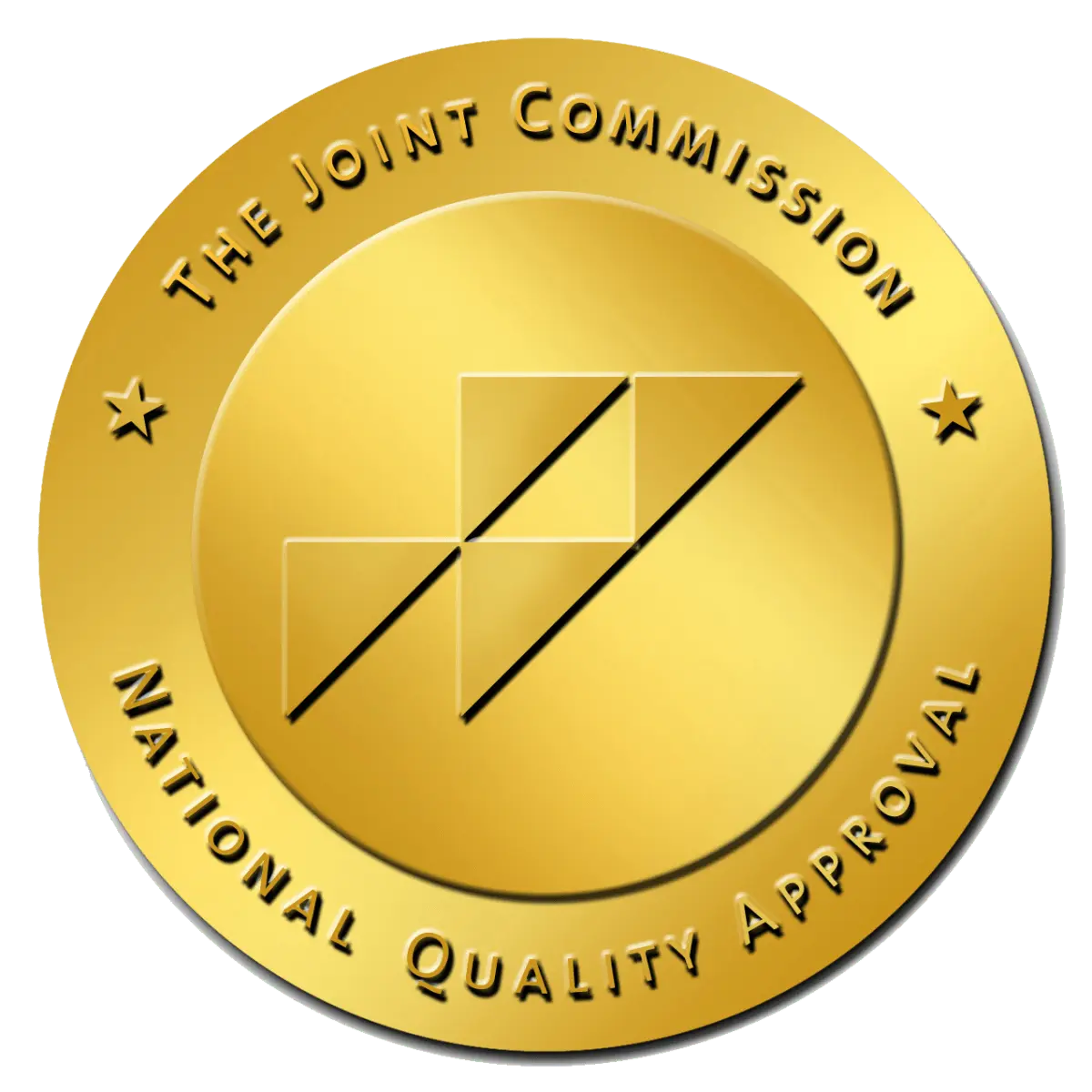DIALECTICAL BEHAVIOR THERAPY (DBT)
Some people with substance use disorders (SUDs) or dual diagnoses may need more assistance than typical cognitive-behavioral therapy (CBT). Dialectical behavior therapy (DBT) is a variation of CBT and uses many of the same modalities, including:
-
Individual therapy
▻
-
Group therapy
▻
-
Medication-assisted treatment (MAT)
▻

What does DBT treat?
When someone has a substance abuse problem along with a mental health issue, it is considered a dual diagnosis. The two disorders often play off each other in detrimental ways. Some of the mental health disorders associated with dual diagnosis include:
-
Depression
▻
-
Anxiety
▻
-
Bipolar disorder
▻
-
BPD
▻
-
Eating disorders
▻
-
Post-traumatic stress disorder (PTSD)
▻
What is DBT at Villa Oasis like?
-
The biopsychosocial theory of focusing on emotions in treatment
▻
-
A consistent dialectical philosophy
▻
-
Mindfulness
▻
-
Acceptance-oriented interventions
▻
All of these come together to show people how to develop ways of coping with stress, improve relationships, live in the moment, and regulate emotions. At Villa Oasis, we strive to combine traditional DBT with more holistic approaches to treatment. Combined with regular detox and our other rehabilitation programs, the result can be life-changing.
What to expect at Villa Oasis
After the resident completes the detox process and is ready to transfer into an inpatient rehab program, they will be evaluated. This evaluation will consider their time in detox, the severity of substance abuse, and what substances they were addicted to. It will also discern their current state of mental health to properly decide how the DBT process should proceed.

Out DBT program in San Diego
Individuals going through DBT will follow the treatment plan created for them by our professional staff. This continued treatment is put into effect due to increased possibilities of relapse. People with dual diagnoses are often at higher risk of relapse due to preexisting mental health issues.
-
Group therapy sessions
▻
-
Individual therapy sessions
▻
-
Medical consultation team meetings
▻
Group therapy
The difference between DBT group therapy and a typical group session is that a focus is placed on mindfulness. Mindfulness is important for people going through a dual diagnosis treatment program, like ours in San Diego. Often, the distraction of life has led to adverse behaviors.
Individual therapy
The benefits of mindfulness in DBT
Find wellness at Villa Oasis San Diego
Villa Oasis San Diego helps people understand themselves and the role mindfulness will play in their healing process. Contact us if you or a loved one is struggling with substance use or want our professional staff to verify your insurance.


